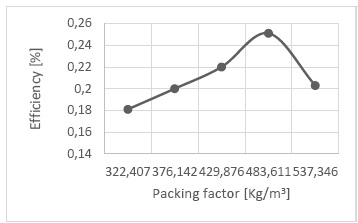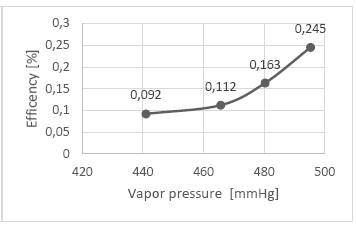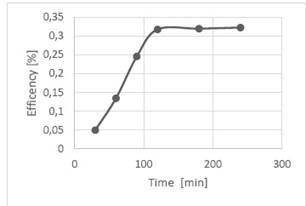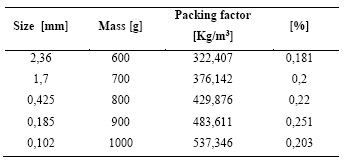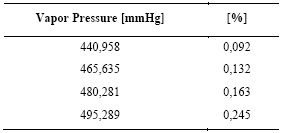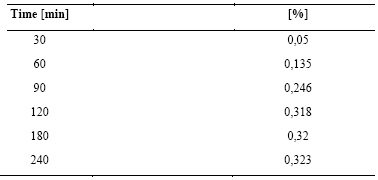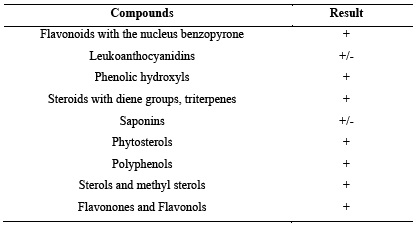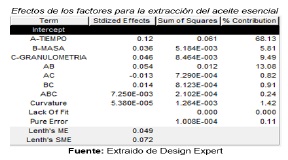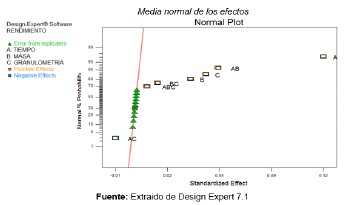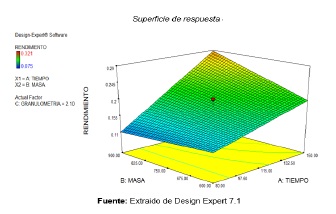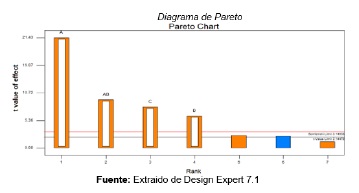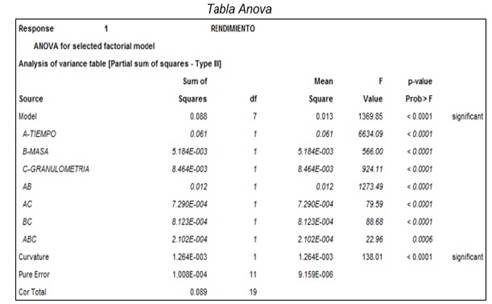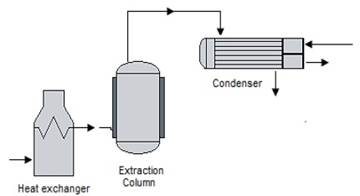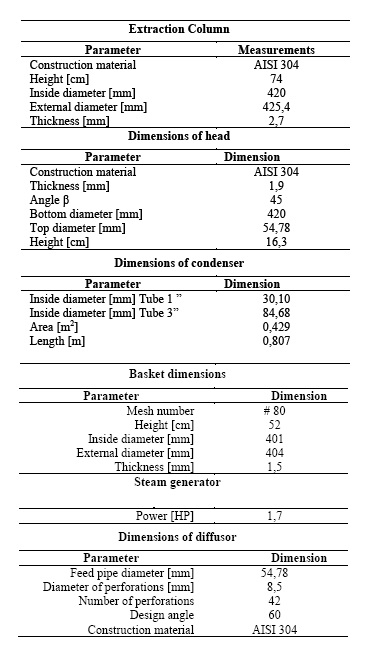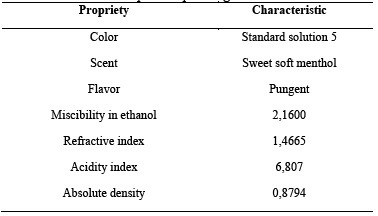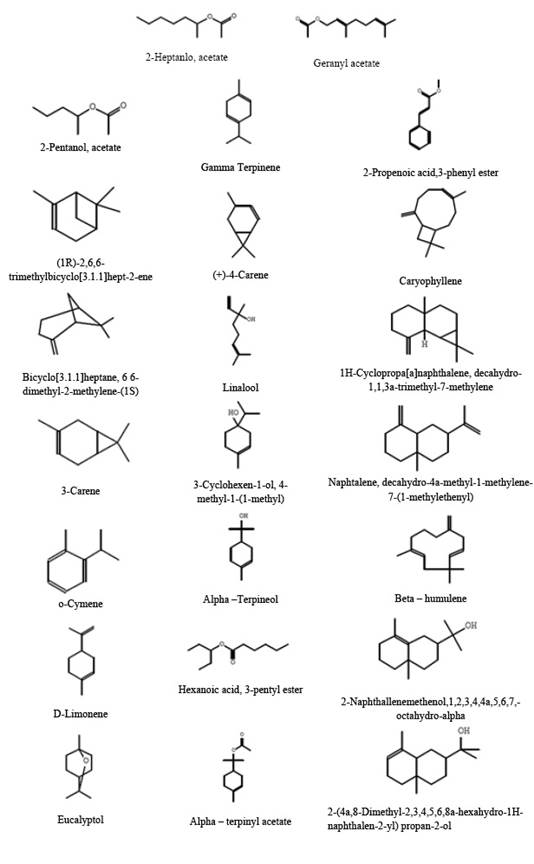INTRODUCTION
According to the definitions of the World Health Organization (WHO), a medicinal plant is any plant containing active principles, which are usually used for therapeutic purposes or as precursors in synthesis of drugs 1),(2),(13),(18. The Argentine Pharmacopoeia presents definitions on Vegetable Drugs as follows: “This is the name given to plants or their whole parts, ground or powdered (flowers, fruits, seeds, tubers, rinds, etc.) fresh or dried, as well as tea, gums, latex, essential oils and other similar components, which are used pure or mixed in the manufacture of medicines8. In the search of medicinal plants, the most important tools are the ethnopharmacological information obtained from traditional knowledge on their use, and the chemical information about its secondary metabolites contents 7),(20),(21),(22. In Bolivia more of 3,000 species of medicinal plants identified and verified in herbaria are recognized5),(23. However, the research has not covered all of this knowledge. Many of them are well-reputed and used in folk Bolivian medicine for the treatment of diverse diseases10),(11.
Myrcianthes pseudomato (D. Legrand) McVaugh was described as a plant species that grows in humid forests3),(6),(8),(9, which has not been widely studied yet14. For this reason, we boarded the study of the chemical composition in secondary metabolites of the plant. These confer pharmacological properties to the plant15),(17, and must be revalued and studied.
RESULTS AND DISCUSSION
Plant material. The collection of the raw material was carried out in the Cahua Grande community of Zongo Valley, located at 76 kilometers in the humid forests located north of the La Paz city; it is located between the eastern buttresses of the Cordillera Real de los Andes in Bolivia (see Experimental Section). The taxonomic identification was made at the the National Herbarium of Bolivia (LPB). The genus, family and other cahracteristics of the plant are shown in Table 1 8.
Proximal parameters. The proximal analyzes was determined by the AOAC procedures 19 for 0.2 - 4 mm which is the particle size suggested in the bibliography 14),(24, recommendable for assuring the optimal extraction of metabolites 25),(26 the percentages are shown in Table 2.
The most important effects on the performance, like packing factor, vapor pressure and time were studied in relation with the efficiency, for this purpose the preliminary test were applied fluctuating the parameters.
Table 3: Packing factor in relation with efficiency
Table 4: Vapor pressure in relation with efficiency
Table 5: Vapor pressure in relation with efficiency
Figure 1 shows a variability of packing factor from 322 (Kg / m3) to 527 (Kg / m3) approximately, reaching a maximum with the factor 483 (Kg / m3) with the yield of 0.251% of yield. and in the rest of the curve, a decay with respect to the packing factor can be observed. Therefore, it is decided that the granulometry should not be less than 0,185 mm, since there would be a phenomenon of caking of the raw material, preventing the correct flow of steam. Figure 2 shows that the performance variation (efficiency) is directly proportional to the increase in vapor pressure. The increase can be shaped in three phases. From 440 mmHg to 465 mmHg (0.092 to 0.112%), 465 to 480 mmHg (0.112 to 0.163%), and 480 to 496 mmHg (0.163 to 0.245%). It is taken into account that the performance increases as the pressure increases, however, when it reaches the boiling temperature, the pressure reaches 487 mmHg, for which the equipment is preheated to achieve stabilization.
Figure 3 shows 6 tests made with the maximum particle size corresponding to 4 mm and with the maximum load (700 g) of the baskets, in which can be observed that the performance begins to be constant after 2 hours.
For the detection of secondary metabolites, the raw material was submitted to qualitative identification reactions. The phytochemical screening was carried out through of variations in pH, solvent and temperature and the result is presented in the Table 6.
The experimental design was applied with 2k = 23 = 8 in duplicate with 4 central points performing 20 runs analyzing: 1) the effects of factors, 2) the Normal mean graph, 3) the Pareto chart and the ANOVA table.
Regarding the Effects of factors, Table 7 shows a contribution Figurn of the factor A (time) with 68.13%, factor B (mass) with 5.81% and factor C (Granulometry) 9.49% representing a total of 83.43% of the all variability in the process. Another interrelationship is the one between the factors AB (time - mass), considerably important with 13.08% of contribution.
The Normal Mean Plot (Figure 4) shows that the influence of factor A (time) and the interaction AB (Time - Mass) are the most important factors, followed by factor C (Granulometry) and factor B (Mass). The Pareto diagram (Figure 6) shows the importance of the effects in a bar diagram, which presents a reference line; if the effect crosses the reference line it means that the effect is potentially important and according to that, it can be implied that among the three important effect factors, the second most important and the interaction effect Mass-Time is extended above the reference line. In the ANOVA table (Table 8) the ratio p> F is less than 0.0500 indicating that the effects and their interaction are significant for the extraction process and that A, B, C, AB, AC, BC, ABC are significant terms for the model. The value of the curvature, that is calculated as a measurement of the difference between the average of the central points and the average of the factorial points in the spatial design, has a value of 138.01, which means that the curvature is significant.
The best conditions of the process were determined by the Response surface (Figure 5) with a 72% desirability and are presented in the Table 9:
The bench scale level extraction equipment design was proposed with a referential diagram of the extraction equipment and is presented in the Figure 6 with the calculations to define the relevant parameters according to 4),(12.
Figure 6. Scheme bench scale level extraction equipment
Table 10: Optimal operating conditions
For the determination of the physicochemical conditions and the organoleptic characterization of crude, the procedure was delineated by the Bolivian normative whose characteristics are shown in Table 11.
Tables 12 and 13 show the 23 components of the essential oil determined by GC-MS analysis. Eucalyptol (32%, 15.338 [min]), linalool (18%) and-terpineol (6.6% ) are the major components.
Table 12: Percentage composition of the essential oils of Myrcianthes pseudomato (D. Legrand) McVaugh
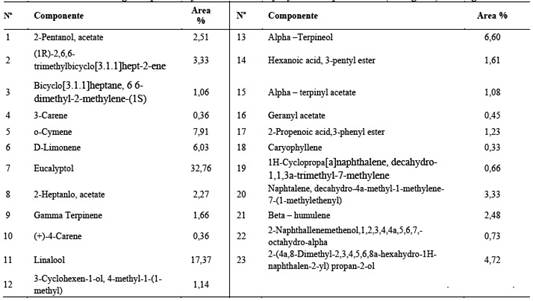
With respect to the composition of the essential oil, it is rich in Eucalyptol, this amount compared with that reported in the literature 15 is 0.5% lower, the latter a study carried out in Cochabamba, Bolivia. In contrast, ours is 8% higher than that reported in [15] and [21], a species collected in the Argentinian Yungas. On the other hand, linalool is reported with a higher percentage by 5.9% compared to the species studied in Cochabamba. We remark a particular difference with the species studied in Argentina whose second major component was β-caryophyllene, not found in our sample.
EXPERIMENTAL
Plant material.
Myrcianthes pseudomato (D. Legrand) McVaugh is a plant species that grows in humid montane forests, occurs both in the department of La Paz and in the departments of Cochabamba and Sucre. The raw material was collected in the Cahua Grande community of Zongo Valley, located 76 kilometers away in the humid forests located north of the City of La Paz; it is located between the eastern buttresses of the Cordillera Real de los Andes in Bolivia (ALT, 1562.179; W, 604851.529; N, 8223867.191). The taxonomic classification was done by the National Herbarium of Bolivia (LPB). A voucher specimen is deposited at LPB under the code AHC-1.
Essential oils extraction
The FIGMAY steel steam distillation equipment from the School of Pharmacy of Major San Andres University was employed for the extraction of the essential oil.
GC/MS conditions for analysis
The sample was analyzed using a SHIMADZU GC-MS QCMS-QP2020 equipment, with a 30 m long Rxi R- 5Sil MS RETEK (Centre County, PA, USA) capillary column, 0.25mmID at Chemical Research Institute (IIQ) of Major San Andres University. 1 uL of each oil was dissolved in 98% N-Hexane up to 2 mL, then filtered with 0.2 µm PTFE and subsequently analyzed in the GC-MS. The GC-MS had the following operating conditions: oven temperature programmed from 40 to 260ºC at 3ºC/min. The temperature of the injectors and detectors was fixed at 280ºC. Nitrogen was used as carrier gas at a constant flow of 0.6 mL/min, at 49,0 kPa of pressure. The identification of the components of the oil was carried out by comparing with the data of the library at the MS spectrometer by using the retention indices as a preselection routine, providing a structure as confirmation.












 uBio
uBio 


